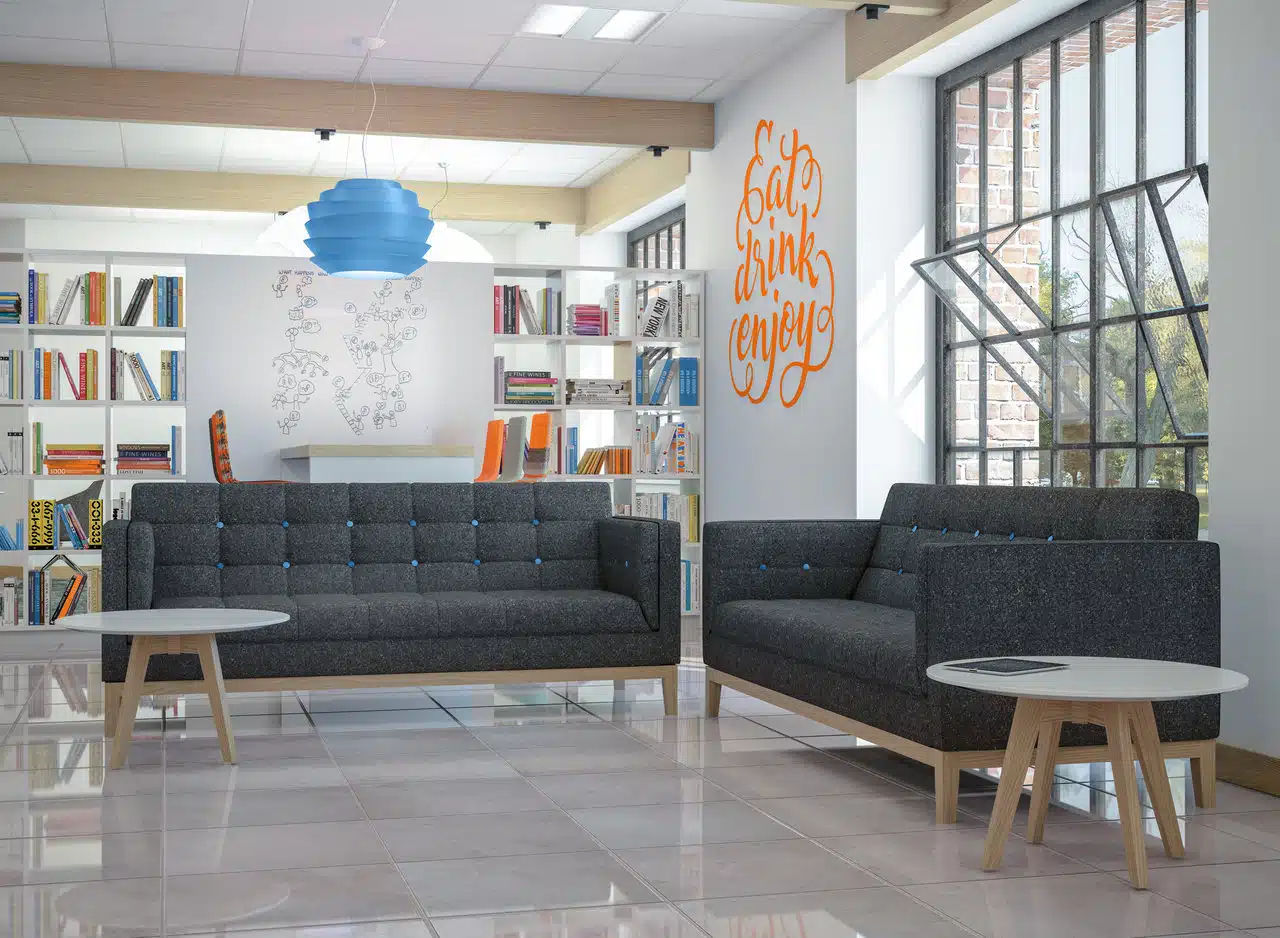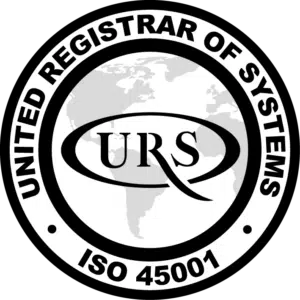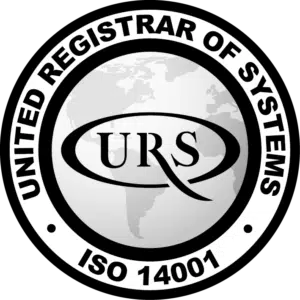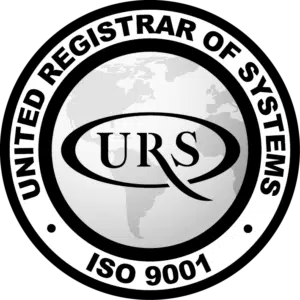How the World’s Biggest Companies added the Wow Factor to their Workspace
Jun 20, 2024 • 6 minutes

Over recent years, the workplace has seen notable change. Today’s offices are dynamic environments reflecting corporate culture, fostering teamwork, and offering staff wellbeing a priority, rather than fixed rows of desks and cubicles. The design of their workspaces has become a crucial factor in attracting and keeping personnel as companies want to have a competitive advantage. Leading companies have raised the standards of their offices to show how other companies may create interesting and efficient workspaces.
Developing a Brand Identity Using Space
The office has evolved from a strictly functional setting to a powerful tool for creating brand identity for the business. These days, most people view offices as extensions of a company’s identity. They may have an impact on customer perception, employee morale, and overall business effectiveness. Forward-thinking businesses carefully examine design elements like colour, materials, and organisation to transform their workspaces into immersive brand experiences.
The physical space of an organisation should reflect its culture, beliefs, and mission. Tech giants such as Apple, for instance, have designed sleek, uncomplicated rooms that perfectly complement their corporate branding and represent innovation and sophistication. On the other hand, the innovative and collaborative culture of Google is reflected in its vibrant and enjoyable workspace. These illustrations show how office design may create a strong and enduring business brand
Promoting Employee Well-being and Productivity
Beyond business image, office design greatly affects employee productivity and well-being. Employee morale, engagement, and general job happiness might all be much influenced by a well-designed workstation. Creating a healthy and interesting environment mostly depends on natural light, biophilic materials, and ergonomic furniture.
Workspace designs can affect creativity and collaboration. Popularised by companies like Facebook, open-plan architecture encourages interaction and information flow. Equally, designated areas provide individuals with the necessary space to think and reflect on concepts and ideas. By properly balancing these elements, companies may design a workspace that supports collective as well as individual achievement.
Leveraging Technology for Enhanced Experience
Technology applied into the office architecture has produced a new working experience. Beyond simple connectivity, progressive companies create dynamic, effective, and interesting surroundings with technology. For example, smart building technology could enhance air quality, temperature, and lighting, thereby raising employee comfort and output. Moreover, digital signage and interactive displays might help to spread knowledge, foster teamwork, and provide dynamic surroundings.
By including robotics and automation into their warehouses and headquarters, companies like Amazon have stretched the boundaries of technological integration. Such developments speed up procedures and produce a contemporary office that fascinates visitors as well as staff. Salesforce has meantime shown how digital screens may transform conference rooms into immersive collaborative hubs enabling flawless information flow and idea development.
Sustainability and Social Responsibility
Corporate aspirations are being shaped much more by social responsibility and environmental consciousness. With growing focus on environmental responsibility and community impact, office design is not an exception either. Businesses may create sustainable offices using environmentally friendly products, reduced energy use, and little rubbish generation. Moreover, biophilic design—which combines aspects from the natural world into the workplace—improves employee comfort and aids in the creation of a cleaner office.
Apart from the impact on the surroundings, socially conscious office design seeks to establish inclusive and equal environments. This entails easily available amenities, supporting diversity and inclusion, and helping other towns. Businesses who show a dedication to sustainability and social responsibility might enhance their standing, attract and keep employees, and help society by means of their activities.
Wow Factor Offices: A Look Inside
Here’s a closer look at how several leading companies have translated innovative design concepts into extraordinary workspaces:
King S44 Offices, Stockholm: These offices meet the changing demands of gaming firm King. The open concept includes moveable displays and writing surfaces, allowing for rapid stand-up meetings and team brainstorming sessions. Textile carpets and noise-reducing materials promote a tranquil setting, while a custom-designed carpet with a shifting colour pattern adds a whimsical element. The emphasis on flexibility extends to the workstations, which are outfitted with user-friendly features such as changeable heights to encourage ergonomic working positions. Additionally, multi-functional furniture elements include storage, coat hooks, and wastebaskets to keep workstations clutter-free. Plants strategically placed throughout the area provide a natural touch while also contributing to a healthier atmosphere.
Google Offices, Cambridge: Each level is inspired by one of Boston’s classic subway lines and embodies the essence of a unique community. The rooms, which range from a Public Gardens-inspired espresso lounge to boats suspended over a micro-kitchen, are intended to stimulate innovation. Collaborative workspaces coexist alongside areas for quiet concentration, accommodating a variety of working styles. Sustainability remains a top concern, with most venues earning LEED (Leadership in Energy and Environmental Design) certification.
Booking.com Offices, Amsterdam: Multiple design companies worked together to create Booking.com’s creative office. Themed sections such as “Tuscany” and “Serengeti” provide a foreign vacation experience inside the office. The emphasis on diversity extends beyond the design components; the interior master plan was developed around the concept of “Booking Home,” with the goal of creating a welcoming environment for staff of over 100 nationalities. Green areas abound throughout, and expert designers were enlisted to create a consistent mood through lighting, navigational displays, and food and beverage offerings. Breakout areas promote teamwork and provide opportunities to reset brains and increase creativity.
Facebook’s Menlo Park Headquarters: The enormous campus will embody Facebook’s basic ideals of social engagement, mobility, and self-expression. Urban design ideas were used to create a dynamic ambiance with a variety of dining alternatives evocative of a thriving downtown district. High density encourages unexpected cooperation, whereas calm settings enable concentrated work. The artist-in-residence programme, as well as several written surfaces on campus, encourage personal expression. Employee workstations have adjustable desks and comfy seats to promote ergonomics and well-being. The emphasis on numerous transportation methods demonstrates the company’s dedication to sustainability.
PepsiCo Offices, Krakow: These offices embrace PepsiCo’s corporate identity while focusing on sustainability, diversity, and employee well-being. Repurposed materials and locally obtained items reduce the environmental impact. The design perfectly blends the company’s logo, resulting in a visually appealing workspace that appeals to younger generations. Accessible features and diverse work contexts demonstrate a commitment to DEI (Diversity, Equity & Inclusion). The “Instagrammable Office” motif appeals to the younger workers, while sufficient natural light, greenery, and designated breakout spaces encourage well-being and allow for digital detox. The interior staircase encourages connections and strikes a balance between collaborative and concentrated work.
These examples demonstrate the various techniques that businesses may use to build excellent office environments. Workspaces may be transformed into strong assets that drive corporate success by carefully considering brand identity, employee experience, sustainability, and technology.
The Future of Workspace Design
The contemporary office demands more than just practicality; it also requires environments that inspire, engage, and represent a company’s brand. Industry experts have proved that creative office design can have a substantial influence on employee satisfaction, productivity, and overall business performance.
The future of work promises increasingly more dynamic and technologically advanced surroundings. Companies can develop workspaces that attract top talent while simultaneously driving long-term success by focusing on employee well-being, sustainability, and a strong brand identity.
If you’re ready to embark on a new workspace refurbishment project that perfectly aligns with your business needs, please contact us today to find out more – call 0330 030 0330, email: sales@westcountrygroup.com, or visit https://www.westcountrygroup.com/expertise/workspace.
We have managed several workspace refurbishments, and here is what our customers had to say: https://www.westcountrygroup.com/our-work.
Choose Westcountry Group for your workspace transformation that not only reflects your brand but also fosters a thriving working environment.






